- projects
- rewilding ireland
- large scale arable rewilding project
We propose to partner with Industry to buy, lease or manage a large area of agricultural land in order to reverse ecological degradation and recover biodiversity
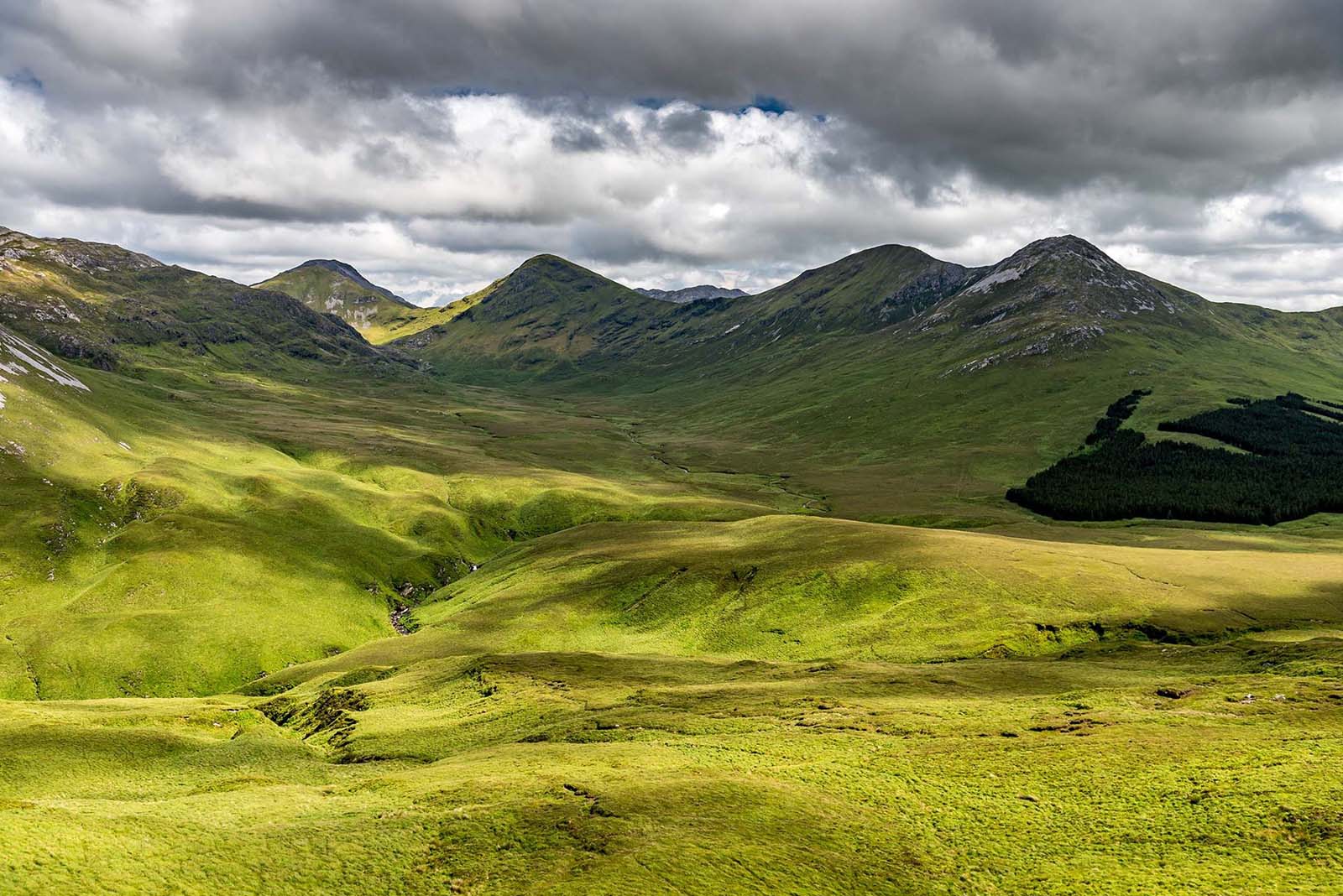
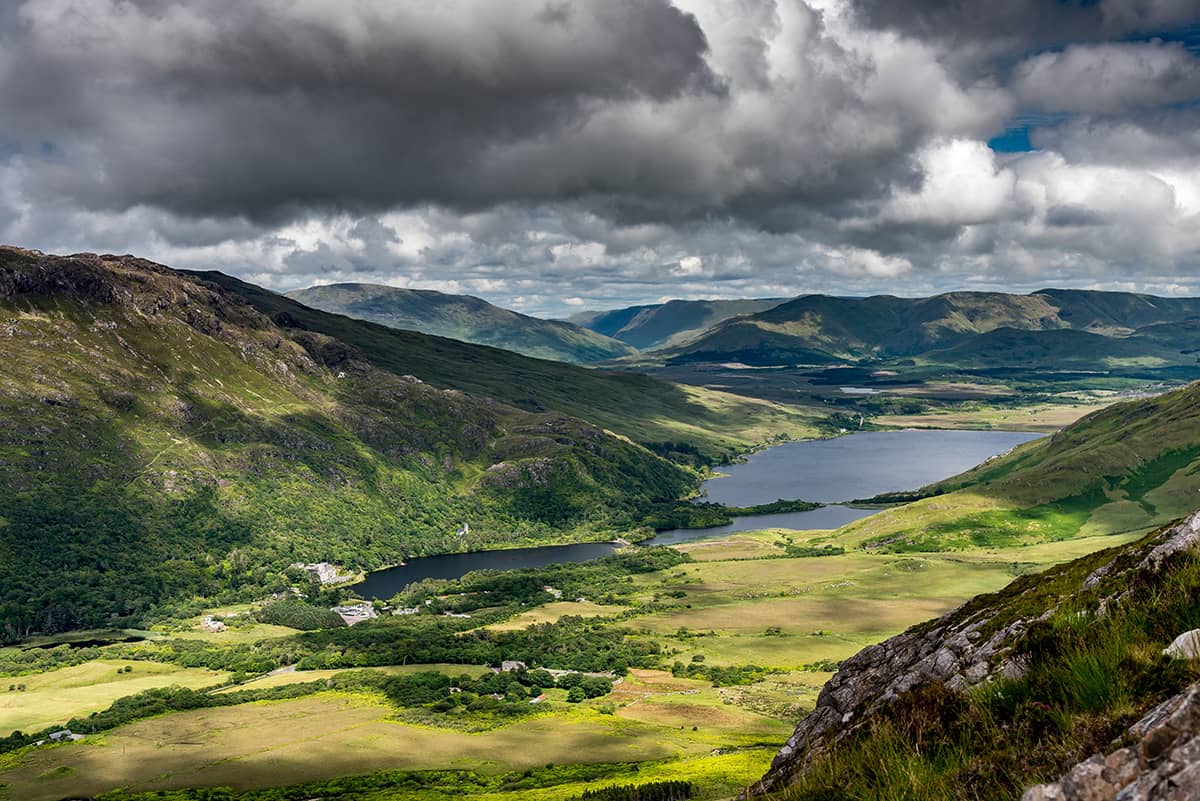
Rewilding has undergone a surge in popularity in recent years, with rapidly declining ecosystems globally, leading to a huge increase in public interest. While there is no set definition for rewilding, it is largely described as forgoing human management in favour of more natural management processes. It can be further divided into “active” rewilding (re-introduction of species to establish dynamic processes) and “passive” rewilding, which involves withdrawing human intervention completely.
The Knepp Castle Estate in West Sussex is a prime example of one of the most innovative rewilding projects currently within the UK. The 3,500-acre rewilding project began in 2001, with its main aim being to restore the lands to a dynamic, healthy ecosystem, supporting an abundance of biodiversity and providing a range of ecosystem services under as natural a grazing regime as possible.
Knepp now supports the largest population of emperor butterflies in that country, with critically endangered species such as nightingales, all five of the UK’s native owls, red kites, peregrine falcons, yellow hammers and thirteen species of bat using the site to breed. Even unusual species such as nightjar, more commonly associated with heathland, have been recorded at Knepp, suggesting that certain species may not in fact currently be found in the habitats most suited to them, but instead making do with what is currently available. Having a rewilding project that is not specifically goal-orientated or species specific can be therefore incredibly valuable in furthering conservation knowledge and creating new methods of improving conditions for critically endangered species.
Recieve detailed updates by joining Wild Gaia
Help support us by sharing the project
Make a direct contribution to the project
We propose to partner with Industry to buy, lease or manage a large area of agricultural land in order to reverse ecological degradation and recover biodiversity. This process will also, sequester huge amounts of carbon by restoring soil function/heath and will bring about a myriad of functioning natural processes. This ‘rewilding’ of depleted farmland will help with water purification, air purificaiton and potentially, reduced flooding.
It will also benefit local communities via ecotourism, sustainable land management and will help to reverse the biodiversity crisis in Ireland.
Using Knepp Estate as a model, this project aims to recreate some of the incredibly beneficial effects that their rewilding work have had, at a smaller scale within County Cork (or other arable rich part of Ireland).
Once a suitable plot of land has been obtained, the first step will be to carry out thorough, ecological surveys to establish a baseline for the site from which to monitor changes. Detailed habitat survey will allow current habitat types to be categorised and mapped accurately through the use of QGIS, helping to highlight the most beneficial way to proceed with habitat management.
These habitat surveys will be repeated on an annual basis, in addition to fixed point photography to provide an accurate picture of how the habitat is improving over time. While precise improvement measures will be site specific, these can include;
These measures will be undertaken concurrently with a range of fauna surveys, to determine if the rewilding project is improving biodiversity and potentially encouraging new species into the area. Baseline Vantage Point and Breeding Bird Surveys will be undertaken and followed up throughout the year to establish whether bird populations are improving and diversifying.
Initial bat activity surveys in Spring, Summer and Autumn combined with Bat Roost Potential surveys of any mature trees currently present on site, will establish a baseline for bat populations and yearly monitoring will show if more suitable foraging/roosting habitat has successfully been created.
Walkover and camera trap surveys will establish if there are any current populations of terrestrial mammals such as badger, otter, pine marten, red squirrel and hedgehog and annual follow up surveys will further demonstrate if the rewilding project has benefitted these species.
Similarly, common lizard and smooth newt baseline surveys will allow populations to be monitored and improvements to be recorded annually.
If the rewilding project is successful, it’s continued monitoring provides further incentive for the expansion of other rewilding sites, ideally leading to landscape scale conservation which would provide safe “stepping stones” or pockets of habitat for species to move between. Natural systems tend to function best at a wider scale, providing the most opportunity to deliver real and lasting benefits environmentally, socially and economically.
While protecting/enhancing smaller, individual sites can be limited, as they are often too small and isolated to effectively slow biodiversity declines and result in significant change, the more of these small sites we have, the better our ability to connect them and ultimately the more resilient and dynamic our native species will become.
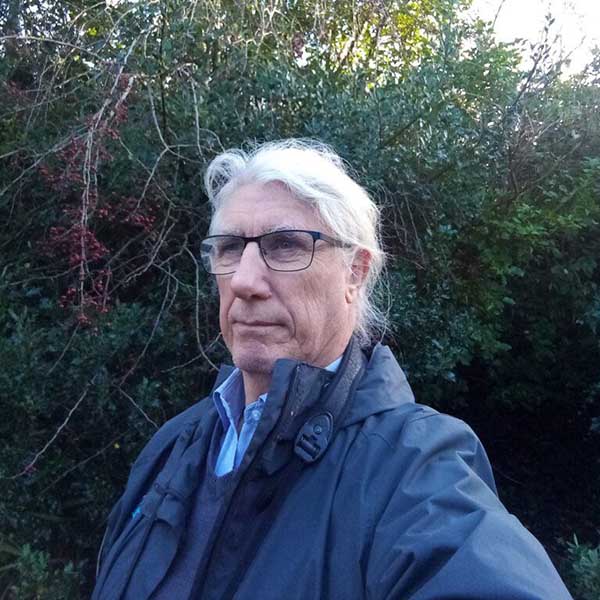
brian sutton
Senior Ecologist
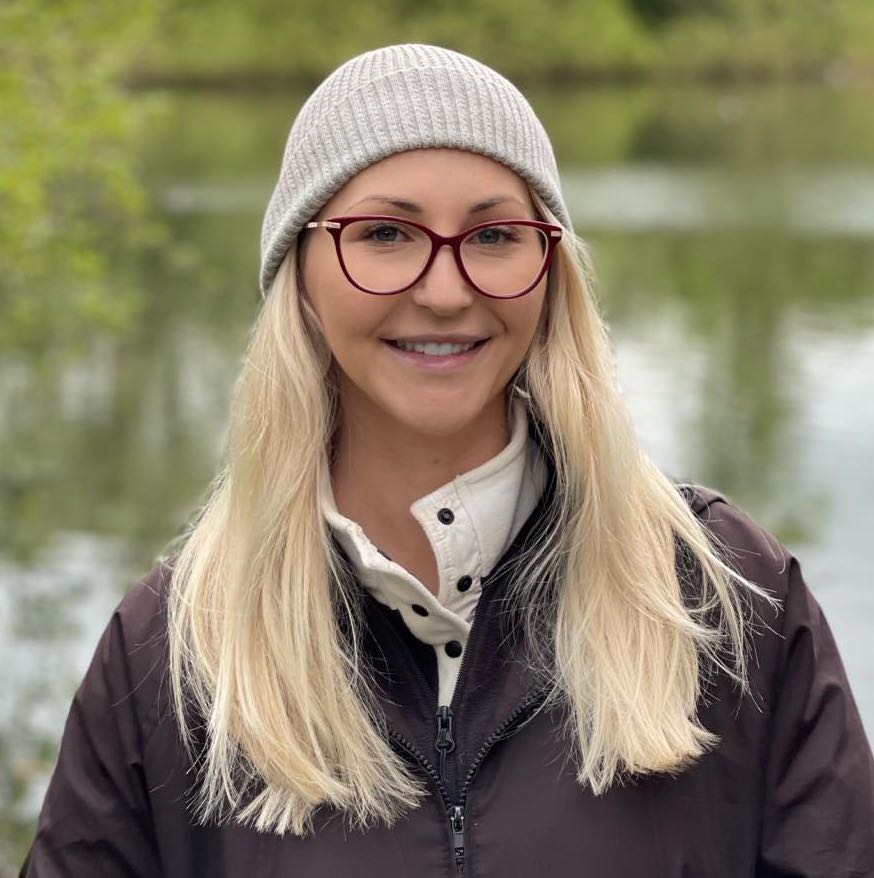
catriona porter
Ecologist
Cliodhna Loughran
Research
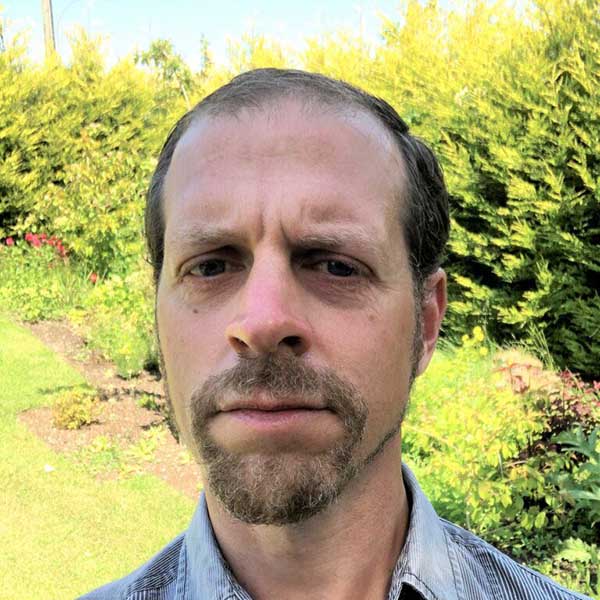
karl hamilton
Raptor Ecologist
Dempsey B (2021) Everything under control? Comparing Knepp Estate rewilding project with ‘traditional’ nature conservation. PLoS ONE 16(6): e0241160.
F.W.M, Vera. Grazing Ecology and Forest History. Oxon: CABI Publishing; 2000.
Greenaway, T. Monitoring Strategy for Knepp Castle Estate Wildland Project. Record Centre Survey Unit 2007.
Jørgensen D., “Rethinking rewilding,” Geoforum, vol. 65, pp. 482–488, Oct. 2015.
Knepp Castle Estate. Knepp. http://www.knepp.co.uk (accessed 21 November 2023).
Prior J. and Ward K. J., “Rethinking rewilding: A response to Jørgensen,” Geoforum, vol. 69, pp. 132–135, Feb. 2016.
Rotherham ID, Handley C. Animal, Man and Treescapes: The Interactions Between Grazing Animals, People and Wooded Landscapes. Landscape Archaeology and Ecology 2011; 9.
Sandom C. J. et al., “Rewilding in the English uplands: Policy and practice,” J. Appl. Ecol., vol. 56, pp. 266–273, 2019.
Tree I. The Book of Wilding: A Practical Guide to Rewilding Big and Small, 1 ed: Bloomsbury Publishing; 2023.
Join us and become part of a community committed to restoring Ireland’s natural beauty: